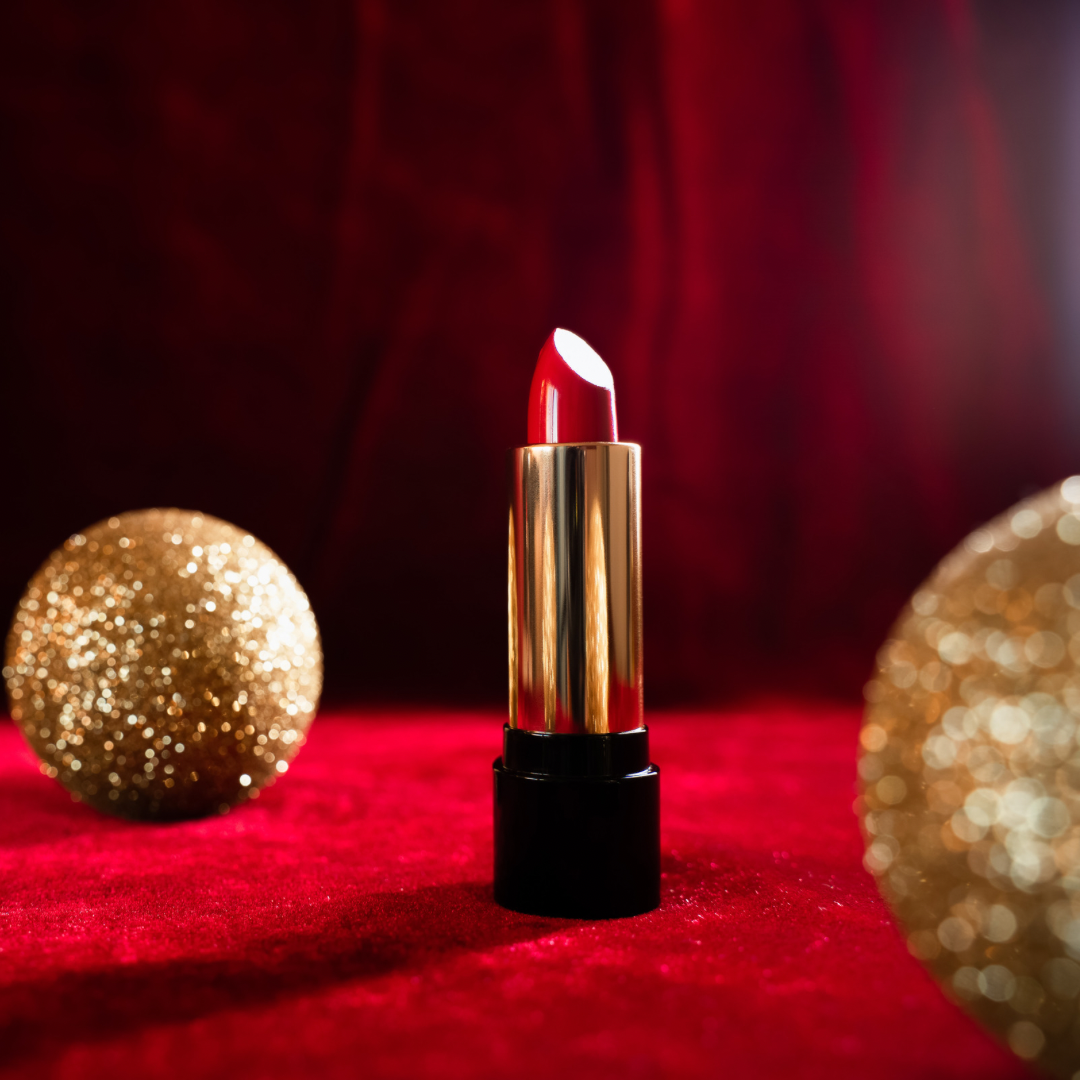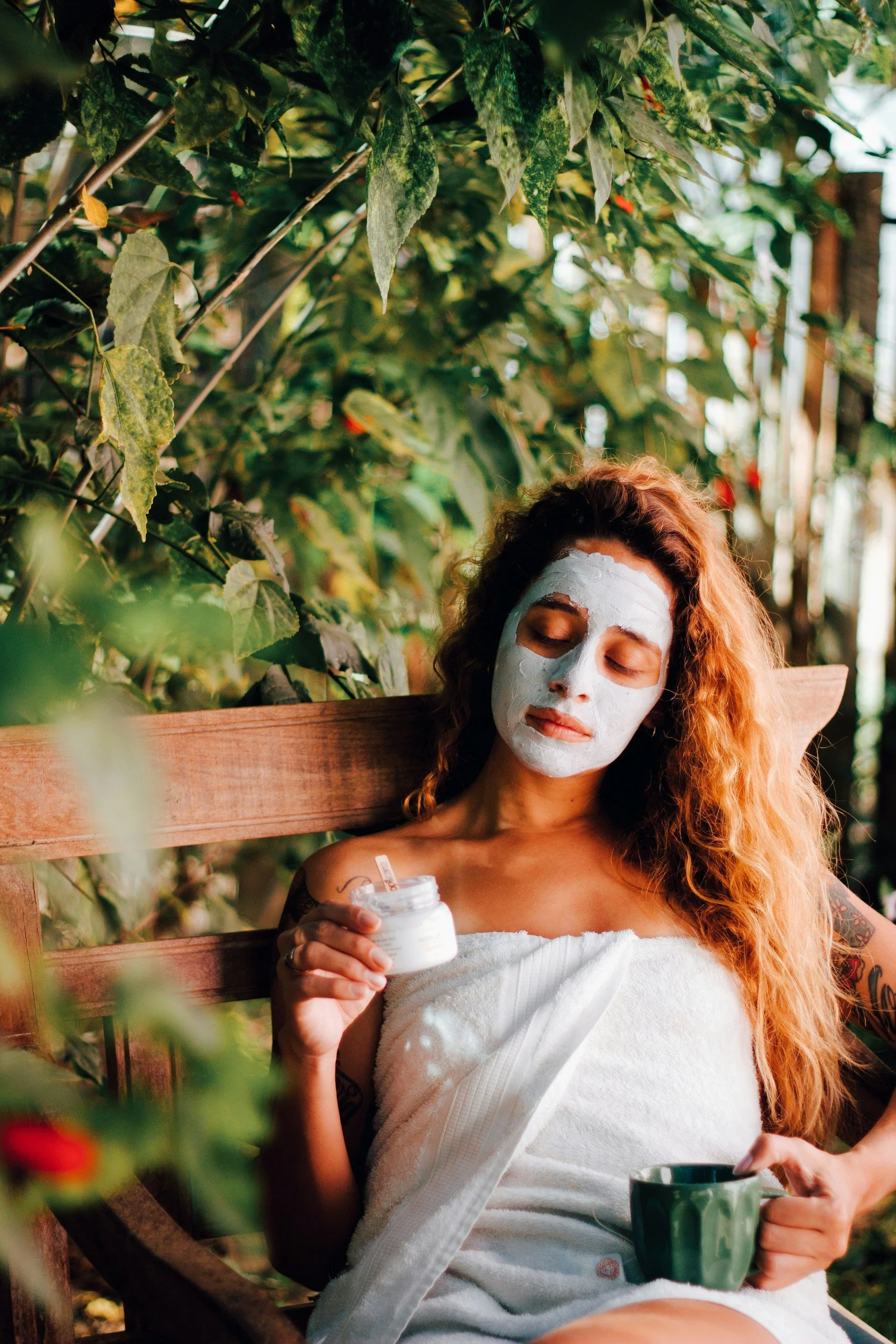Let There Be Light - Embracing The Winter Solstice
The Winter Solstice marks the point where the North Pole is tilted furthest away from the sun, delivering the fewest hours of daylight all year. With the sun directly over the Tropic of Capricorn in the Southern Hemisphere, it’s the closest it ever gets to the horizon, resulting in the shortest day and longest night for those living in the Northern Hemisphere. Following the Winter Solstice, our days begin to lengthen, leading up to the Summer Solstice in June.
For those living in the Southern Hemisphere, the opposite is true, with our Winter Solstice marking their longest day and shortest night.
WHEN IS WINTER SOLSTICE?
The Winter Solstice takes place on December 22nd with most people tending to celebrate the day as a whole, and various festivals and rituals taking place all over the Northern Hemisphere.
Fun fact - we will get just 7 hours, 49 minutes and 42 seconds of daylight (in London) on the day of the Winter Solstice. This is 8 hours, 48 minutes and 38 seconds less than the Summer Solstice in June.
As well as marking the shortest day of the year in the Northern Hemisphere, the winter solstice also marks the first day of winter in the astronomical calendar. In the meteorological calendar, winter starts 3 weeks prior to the event.
WHAT DOES SOLSTICE MEAN?
Like many words in the English language, the term ‘Solstice’ is derived from Latin. The word ‘Solstitium,’ means ‘sun standing still’ and is an appropriate term to describe the way in which the sun hovers over the Tropic of Capricorn.
WINTER SOLSTICE CELEBRATIONS
Humans may have celebrated the Winter Solstice as far back as the Neolithic period, beginning in 10,200 BC. Archaeologists believe that Neolithic monuments, such as Newgrange in Ireland and Maeshowe in Scotland were built to align with the sunrise on the Winter Solstice. The same is believed of Stonehenge in Wiltshire, which may also have been a place for Winter Solstice rituals in the Stone Age.
Today, Pagans and Druids still visit the ancient site of Stonehenge to catch a glimpse of the sunrise and observe the Winter Solstice. While the day symbolises the death of the old year, Druids celebrate seasonal rebirth, acknowledging that all beginnings emerge from darkness.
NORSE ‘YULE’ WINTER SOLSTICE TRADITION
In Germany and Scandinavia, a 12-day solstice known as ‘Yule’ is observed. Traditionally, on the night of the Winter Solstice, Norsemen would hoist a giant log onto the hearth to celebrate the return of the sun. They believed each spark from the fire represented a new piglet or calf that would be born. Their families would feast until the log burned out, which could take up to 12 days.
CHINESE WINTER SOLSTICE CELEBRATIONS
In China, the Winter Solstice is marked by the ‘Dongzhi’ (arrival of winter) festival. It is thought to have started as an end-of-harvest festival, with workers returning from the fields to enjoy the harvest with their families. Special foods, such as ‘Tang Yuan’ (rice balls) are enjoyed.
WINTER SOLSTICE IN JAPAN
In Japan, Winter Solstice practices are centred around starting a new year with health and good luck. It’s considered a particularly sacred time for farmers, who welcome the return of the sun to nurture their crops after the winter.
As part of the practice, people light bonfires to encourage the sun’s return. It’s also tradition for people to take warm Yuzu-scented baths, as a way of warding off colds and fostering good health.
HOW DOES WINTER SOLSTICE AFFECT OUR HEALTH?
Now, we know what you’re thinking, that’s all very interesting but what exactly has this got to do with our health? Well, believe it or not, the Winter Solstice can have an impact on all aspects of well-being, from our mood and sleep patterns to sex drive.
IT MAY MESS WITH YOUR MOODS
You’ve probably heard of the ‘winter blues’, as a way of describing feeling a bit ‘off’ during winter. But did you know there’s actual science behind it?
According to research, our brains’ serotonin levels are affected by exposure to daylight. So, when there’s little daylight in the run-up to the Winter Solstice, our serotonin levels can drop and leave us feeling down.
Some people find it harder than others and may even get diagnosed with a psychological condition known as Seasonal Affective Disorder(SAD). This is a form of depression directly related to the lack of daylight during winter.
While some people invest in SAD lights to mimic sunlight in winter, others seek comfort in forms of self-care. Deep breathing, meditation and yoga are all known to boost serotonin levels and overall well-being.
In addition, natural health supplements like Shilajit can help to promote emotional equilibrium and relieve feelings of anxiety, depression and stress. Shilajit also contains zinc, potassium and magnesium - 3 vital minerals that help to boost mental health and overall well-being.
IT CAN DISTURB YOUR SLEEP SCHEDULE
Feeling lethargic? It's likely that since the sun disappeared, you've not been getting enough vitamin D. The run-up to the Winter Solstice can also affect our circadian rhythm, which regulates our sleep-wake cycle and ability to produce the sleep hormone ‘melatonin.’
Boosting your vitamin D intake is the best way to get things back on track and remind your body that the sunlight it craves will soon return. You may also want to try drinking Reishi Mushroom tea before you go to bed.
Reishi is an adaptogen, which means it helps the body manage feelings of mental and physical stress. What’s more, it’s believed to promote better sleep quality by calming the central nervous system.
Studies have shown that taking Reishi can help to improve non-REM or ‘light’ sleep. This is a necessary phase to achieving REM or ‘deep’ sleep and ensuring you wake up feeling fully revitalised.
We'll soon be launching a Reishi Mushroom Powder on Mountainlife so keep an eye out!
A DROP IN SEX DRIVE
If low moods and poor sleep weren't enough, the Winter Solstice can also affect how we’re feeling in the bedroom. According to research, testosterone levels plummet in winter, which may explain why you’re not feeling very intimate.
The best thing you can do is communicate how you’re feeling with your partner. We can also point you in the direction of our testosterone-boosting Shilajit and Pine Pollen.
SHILAJIT
There is evidence to suggest that taking Shilajit can boost testosterone levels. In one clinical study of males between the ages of 45 and 55, half were given a placebo and half were given 250mg of Shilajit twice a day. The participants taking the Shilajit were found to have significantly higher levels of testosterone than those taking the placebo.
PINE POLLEN
Pine pollen contains several Phytoandrogens, including DHEA, which work to increase testosterone levels in the body and maintain the correct balance of oestrogen to testosterone. Our Pine Pollen powder is beneficial to both men and women, helping to enhance libido and sex drive, while also improving overall mental health.
BOOSTS CREATIVITY & PRODUCTIVITY
Thankfully, it’s not all bad news and there is light at the end of the tunnel! According to studies, the lack of sunlight during winter can actually make people feel more creative, productive and closer to others. Perhaps venturing outside is less desirable during the winter, so we’re less distracted. Who knows?
This article is brought to you by mountainlifehealth.com
#inconversation - Podcast Series Replay
This episode is brought to you by WeCure UK
This week Natalie is joined by Breakfast TV & Radio stalwart Jenni Falconer to talk staying positive in the face of adversity, channeling your inner dare devil, and embracing the out doors for better wellbeing. Highlighting the many fitness challenges Jenni has taken part in she explains her coping mechanisms and tips for pushing through the mental barriers that can hold you back and how she manages to stay focused after a set back. Listen in for a frank, honest and inspiring conversation. This episode is brought to you by WeCure UK
























